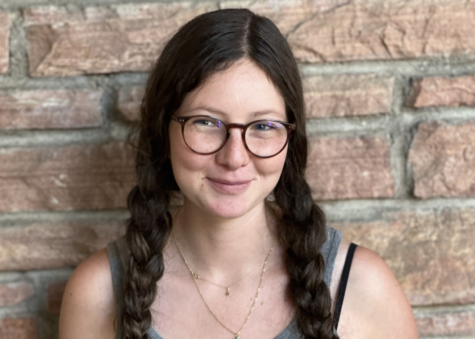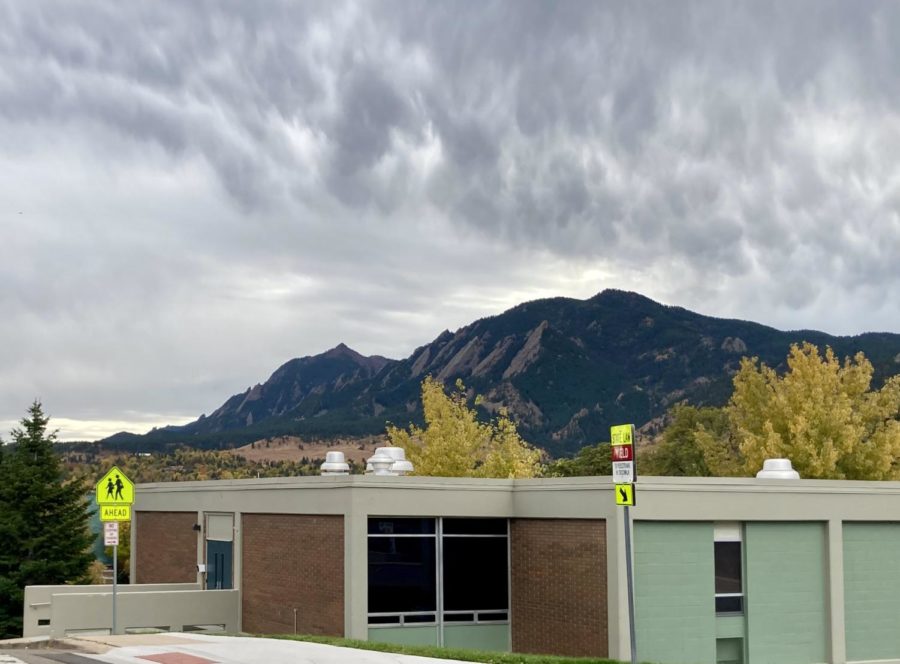Drug Education Needs a Rewrite
Due to Boulder’s increased rate of fentanyl-related deaths, Colorado’s “Good Samaritan” laws, which let people have some immunity from substance laws when reporting on overdoses, have never been more relevant.
In fifth grade, my teacher gave a standard lesson on the danger of drugs. Gathering the class around the table, she told us a scenario about standing outside the Boulder Public Library. When she asked us what we would do if a stranger came up to us and offered us a cigarette, my classmate said something to the effect of “run to the librarians, screaming.” My teacher nodded.
Drug education didn’t improve much from there. I’m grateful to be a student in BVSD, where we have relatively reformed sex- and drug-ed. Yet, in my own experience, the latter seems to assume that teaching through an abstinence lens is the most helpful for teenagers.
This approach is ineffective for two main reasons; one, that it essentially puts all drugs on the same playing field, and two, that it doesn’t take into account that many teenagers (and many people) will use drugs and that teaching them how to navigate that experience safely is crucial.
Many worry that comprehensive drug education could encourage teens to use drugs. That concern echoes a common response to comprehensive (instead of “abstinence-only”) sex education. The history of sex-ed in the United States offers some perspective on how (and why) to develop drug education.
The push for comprehensive sex-ed started in the 1980s, following decades of lessons based on “morality” and ideals rooted in social conservatism. When schools implemented it, the results were clear; kids had sex later and were more likely to use contraceptives, according to a 2008 study reported on by Planned Parenthood. Abstinence-only programs, meanwhile, are sexist and ineffective, as described in a report by Harvard Law.
Today’s approach to drug education is widely based on D.A.R.E., which in turn is tied to Nancy Reagan’s “Just Say No” campaign and the war on drugs. The latter, started by Nixon, but arguably pushed into its own by Ronald Reagan, focuses on criminalization and thereby incarceration. It’s known to primarily target Black men, with even a former member of the Nixon Administration saying that they aimed the campaign around specific drugs to penalize hippies and Black people. “[Drug use is] an easy issue for politicians to gain capital,” said Daniel Weimer, author of Seeing Drugs, in an interview with C-SPAN.
In an essay published in Guardian, Michael McGrath writes about his experience with “Just Say No” and DARE. “The end result was that, in the minds of impressionable students like myself and my classmates, drugs were a defect rather than a symptom; a moral rather than societal failure.” He argues that the irresponsibility of those campaigns helped fuel the opioid epidemic and that paring down substance use and abuse to three words is overly simplistic.
The numbers back up the anecdote; in a meta-analysis of previous studies, published by the American Journal of Public Health, researchers found that the effect size of D.A.R.E. was negligible. Some propose that teens rebel against adults teaching them this skewed perspective on substances, creating more use instead of less.
Instead, comprehensive drug education hinges on one specific tool– honesty. It discusses side effects, risks, and how to help (instead of running away). According to the Drug Policy Alliance, an organization dedicated to reforming drug policy, drug education should be “scientifically accurate, honest, interactive & compassionate.”
BVSD’s guidelines fall between the two models. Their policy focuses on communicating the dangers of substances in all aspects of health, as well as noting an individual’s particular “risk” and “protective” factors. While it’s far more effective than a blanket approach, it can still tend to exaggerate, or not explain the full picture.
Boulder, especially, should know the importance of specific and accurate information about drugs. According to the Colorado Sun, at least 19 people– some teens -in Boulder County have died in the past year due to fentanyl, a drug that’s often sold as if it were Xanax or Oxycodone. BVSD recently purchased Narcan, which can help reverse the effects of opioid overdoses. This is a phenomenal step- one that should coincide with education (for everyone) concerning how & when to administer it, as well as what drugs may be laced and how individuals can tell.
Drug education in the United States should operate on the assumption that most teens will experiment with drugs, and therefore should focus on teaching the safest way for them to do so. This doesn’t mean that educators should encourage drug use- abstaining is and should be taught as the most effective way to avoid substance abuse -but instead that they should prioritize safety over archaic & ineffective policies.

Hannah (rhymes with fauna!) Cohen is ecstatic to be working on the Owl for her third and final year. She loves stories in all their forms, but she mostly has opinions on obscure podcasts and which New York Times opinion columnists are defacing the good name of journalistic analysis. When not busy with stumbling through sheet music, editing nonfiction for jGirls+ Magazine, or seeking out the cheapest bluegrass venue, Hannah enjoys wandering around the mountains with her friends and lovely labradoodle. Although she's slightly preferential to the sweeter, more robust taste of red grapes, she knows that the bliss of biting into a crunchy grape transcends color.



